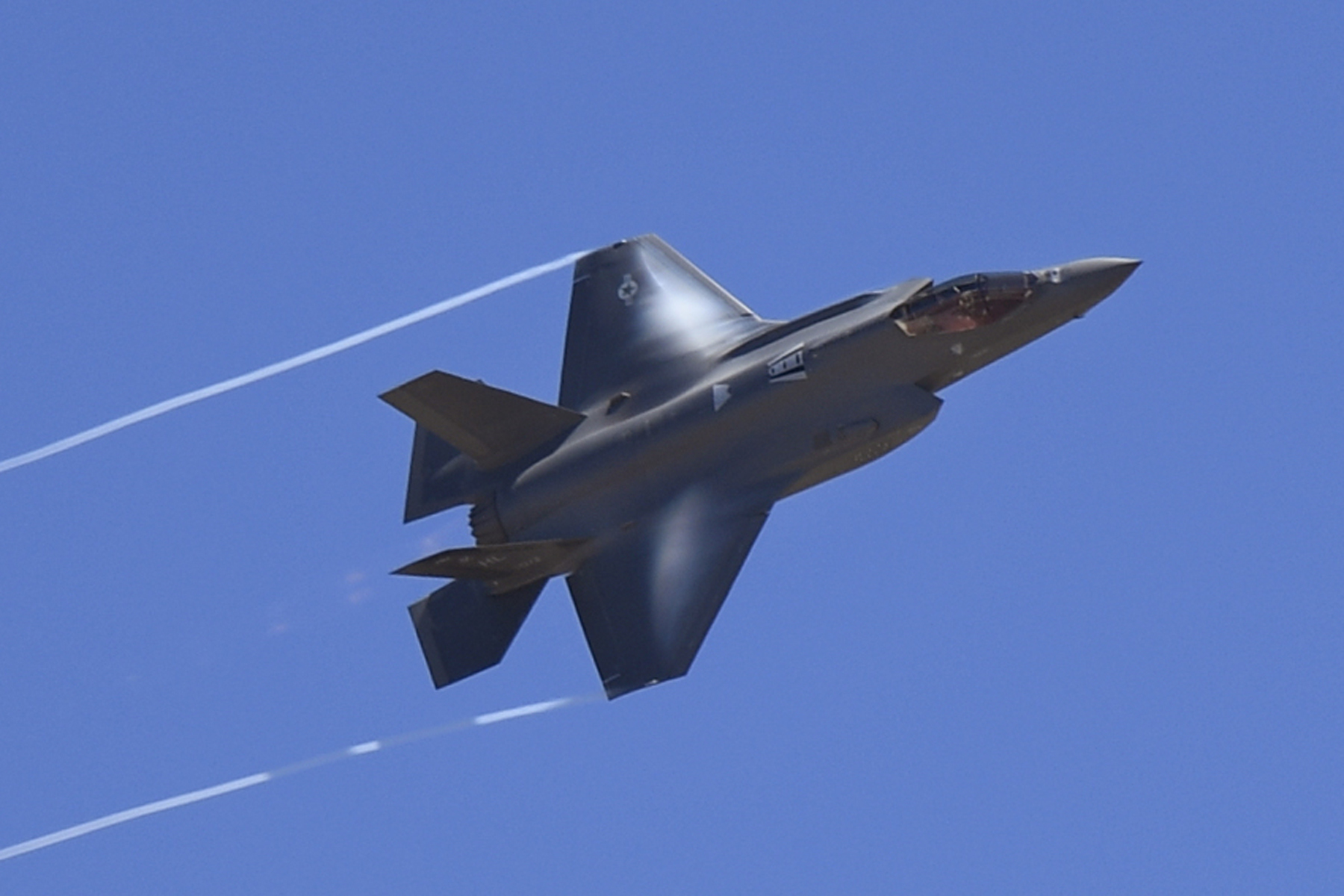
An F-35A Lightning II from the 388th Fighter Wing flies over the Warriors Over the Wasatch Air and Space Show June 24, 2018, at Hill AFB, Utah. USAF photo by Todd Cromar.
Air Combat Command boss Gen. Mike Holmes said it’s inevitable that F-35s will be stationed close to facilities operating the Russian S400 air defense system, and deciding when and where F-35 deployments will happen is still a work in progress.
The next permanent F-35 operating location will be Alaska, then Europe, he said. Turkey wants to buy the S400 system and is also buying F-35s. Holmes said he ideally would like to “avoid” having the F-35 in close proximity to the Russian system, which ?he described as having longer range and greater “sensitivity of the sensors” versus the S300 system.
Though he said the USAF and the Army will be working together to “defeat” the S400, he declined to say specifically what role the Army can play. The S400, in addition to being an anti-aircraft system, is also a tactical ballistic missile system (TBMS); a kind of precision long-range fires artillery, and Army may be able to target it with TBMS of its own. Holmes declined to answer whether the Army is pursuing a hypersonic weapon in this regard.
In other F-35 news, Holmes acknowledged that he had recently visited Israel to see how their F-35 unit combines operations with testing, noting that Israel is “sharing” its lessons learned on the F-35 with the US.
Holmes praised the F-35s “coming off the line right now” as “really good airplanes” that have stable software and all the features pilots want.
While he admitted that parts remain a problem, he said USAF and Lockheed Martin are working together to address the parts issue, which he believes will be resolved with time.The vendor “enterprise” is struggling to produce both parts for new-build aircraft as well as for earlier version aircraft, and that will improve as the bulk of airplanes are of the latest configuration, he said.
There are still some problems with “corrosion in drill holes” and other manufacturing defects, but that will shake out as more F-35s are produced in “the coming years Holmes said.